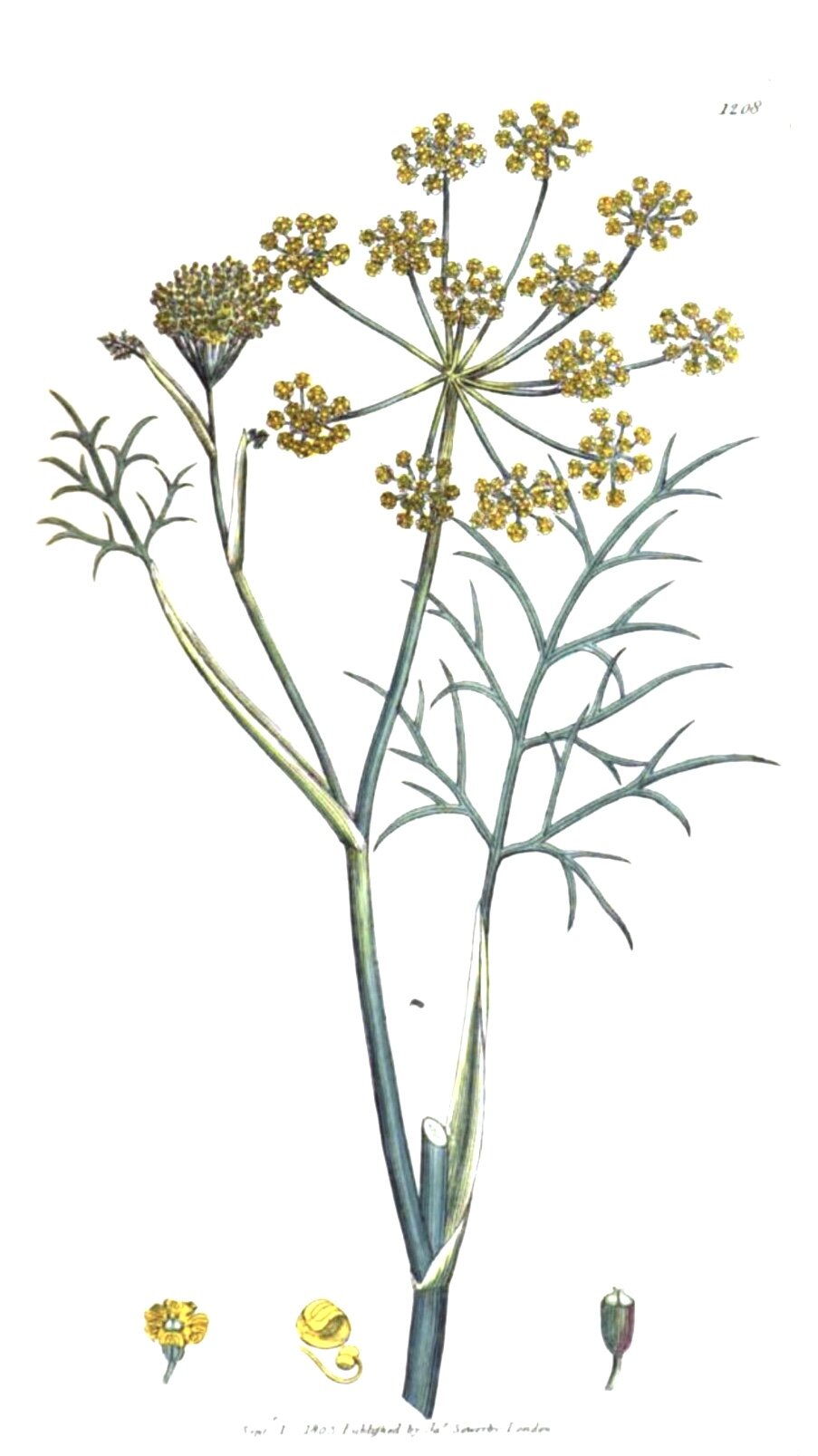Wild Fennel
Wild Fennel
WILD FENNEL SEEDS
Foeniculum vulgare piperitum
This wild relative of the more common bulbing fennel is the best source of fennel fronds, pollen, and seeds. All parts are suitable for culinary and medicinal applications. Delicious and aromatic fennel pollen commands a high price at market, but is easily procured from your backyard.
In the Victorian era fennel seeds were candied and sold in attractive pocket-sized tins -- the prototypical “breath mint”. Fennel fronds can be used sparingly like dill, or by the handful like Diane Kochilas does in several of her fantastic Greek recipes (the thought of her red onion and wild fennel pie has me salivating as I type this).
Wild Fennel is incredibly undervalued in this country, which is a shame because it is both edible and medicinal as well as easy to grow. Native to the Mediterranean, it prefers hot and dry conditions. Grow it as you would any herb, albeit a very tall one (it can grow to 8 feet in its native habitat). The flowers, like all umbellifers, are attractive to beneficial insects. Fennel is great trap plant for hornworms if they're a pest in your garden.
This fennel should probably not be planted among common garden vegetables, as it can be mildly allelopathic in some soils and incredibly tall in bloom. It is an excellent choice for an insectary border. Fennel will self-sow generously where it is happy, but volunteers are easily recognized and culled and make tasty additions to spring salads.
Fennel seeds may be started indoors, although they can be fussy about being transplanted. Whether indoors or out, sow seeds about 1/4" deep in moist, well-drained soil, pressing to keep seed snug. Germination can be erratic, but kept warm (around 65°F) and moist in bright light many seeds will germinate within two to three weeks. If sowing indoors, carefully prick out tiny seedlings to grow on in individual pots. Outdoors, thin to at least 6” apart. Do not overwater! Avoid disturbing roots when transplanting and thinning.
Italian seed.
Packet contains at least 100 seeds.
